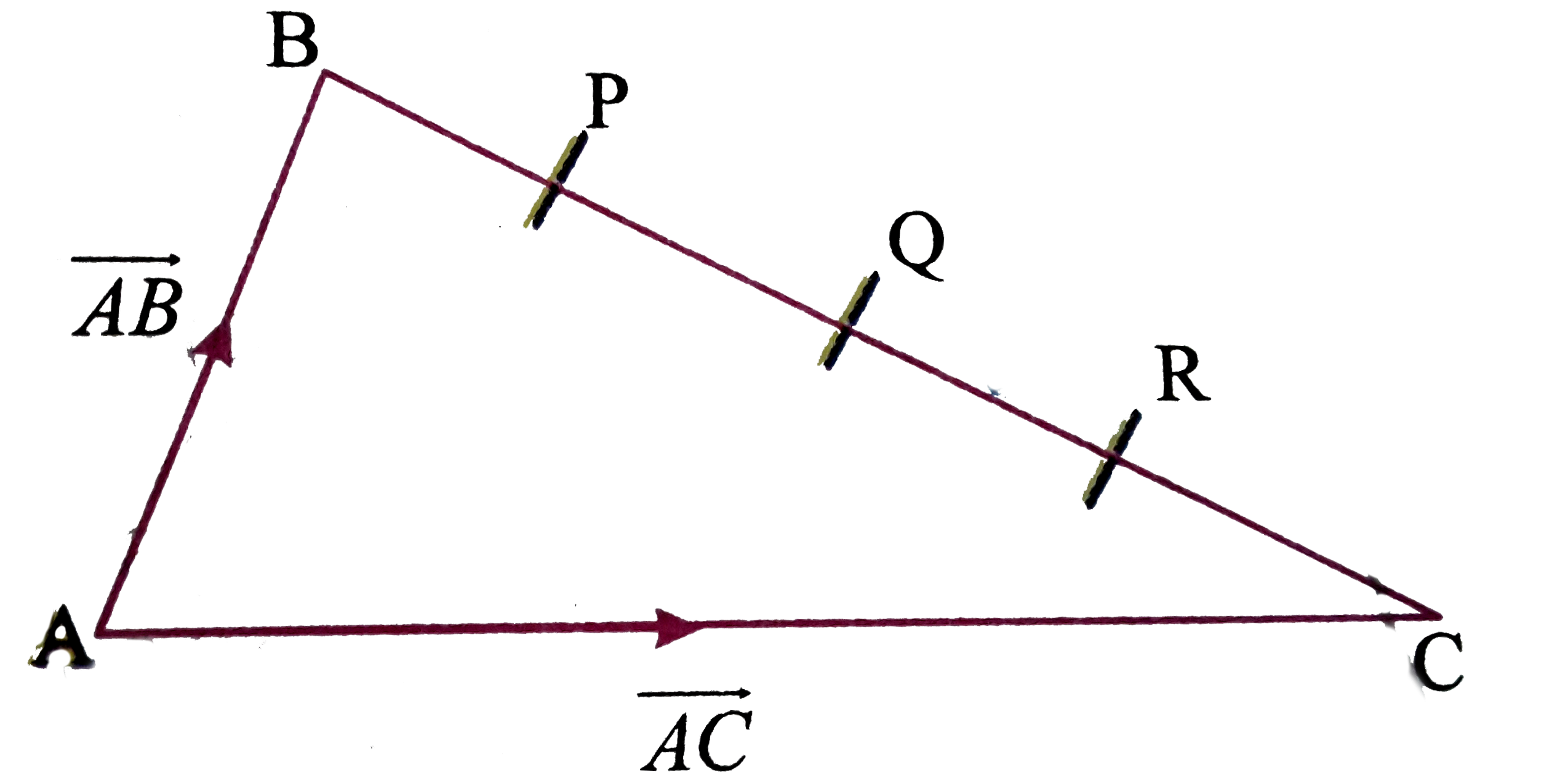Let−−→AB and −−→AC be two rays intersecting at A. Let D, E be the points lying on −−→AB,−−→AC respectively and P be the point such that P divides the line DE such that PD:PE=AD:AE. What is the locus of the point P ?
The angle bisector of angle A
The angle trisector of angle A
The perpendicular bisector of angle A
None of the above
To find the locus of the point P that divides the line segment DE in the ratio of AD:AE, we can follow these steps:
Step 1: Understand the Configuration
We have two rays, →AB and →AC, intersecting at point A. Points D and E lie on these rays respectively.
Hint: Visualize the rays and points on a coordinate plane to better understand their positions.
Step 2: Set Up the Ratio
According to the problem, point P divides the line segment DE such that:
PDPE=ADAE
Hint: This ratio indicates that P is positioned in a way that relates the distances from P to points D and E based on the distances from A to D and A to E.
Step 3: Use Similar Triangles
From the given ratio, we can infer that triangles △APE and △APD are similar. This is because the angles at A are common, and the sides are in proportion.
Hint: Recall the properties of similar triangles, especially the AA (Angle-Angle) criterion.
Step 4: Analyze the Angles
Since triangles △APE and △APD are similar, we have:
∠PAD=∠PAE
This means that point P divides the angle ∠BAC into two equal angles.
Hint: Consider how the angles relate to the geometry of the situation.
Step 5: Identify the Locus
Since point P divides the angle ∠BAC into two equal angles, the locus of point P is the angle bisector of ∠BAC.
Hint: Remember that the angle bisector is a line that divides an angle into two equal parts.
Conclusion
Thus, the locus of point P is the angle bisector of angle ∠BAC.
Final Answer: The locus of point P is the angle bisector of angle A.
We have two rays, →AB and →AC, intersecting at point A. Points D and E lie on these rays respectively.
According to the problem, point P divides the line segment DE such that:
PDPE=ADAE
From the given ratio, we can infer that triangles △APE and △APD are similar. This is because the angles at A are common, and the sides are in proportion.
Since triangles △APE and △APD are similar, we have:
∠PAD=∠PAE
This means that point P divides the angle ∠BAC into two equal angles.
Since point P divides the angle ∠BAC into two equal angles, the locus of point P is the angle bisector of ∠BAC.
Thus, the locus of point P is the angle bisector of angle ∠BAC.
Similar Questions
If in a triangle ABC and D, E are the mid-points of AB and AC respectively, then →DE is equal to
View Solutionlet A(→a),B(→b),C(→c) be the vertices of the triangle ABC and D,E,F be the mid point of sides BC,CA,AB respectively. if Pdivides the median AD in the ratio 2:1 then position vector of P
View Solution
Knowledge Check
If →aand→b are position vectors of the points A and B respectively, then what is the position vector of a point C on AB produced such that −−→AC=−−−→2AB?
A2→a−→bB2→b−→aC→a−2→bD→a−→bLet ABCD be a parallelogram whose diagonals intersect at P and let O be the origin. What is −−→OA+−−→OB+−−→OC+−−→OD equal to
A2−−→OPB4−−→OPC6−−→OPD8−−→OPIf D, E, F are respectively the mid-points of AB, AC and BC respectively in a ΔABC, then −−→BE+−−→AF=
A−−→DCB12−−→BFC2−−→BFD32−−→BF
A and B are two points with position vectors 2→a−3→b and 6→b−→a respectively. Write the position vector of a point, which divides the line segment AB internally in the ratio 1 : 2.
View SolutionIf a and b are position vectors of A and B respectively the position vector of a point C on AB produced such that −−→AC=3−−→AB is
View SolutionLet D,EandF be the middle points of the sides BC,CAandAB, respectively of a triangle ABC. Then prove that →AD+→BE+→CF=→0 .
View SolutionIf →a,→b are the position vectors of A,B respectively, find the position vector of a point C in AB produced such that AC=3AB and that a point D in BA produced such that BD=2BA .
View SolutionBC is divided into four equal parts by P,Q and R.The resultant of −−→AB and 3−−→AC is

View Solution
